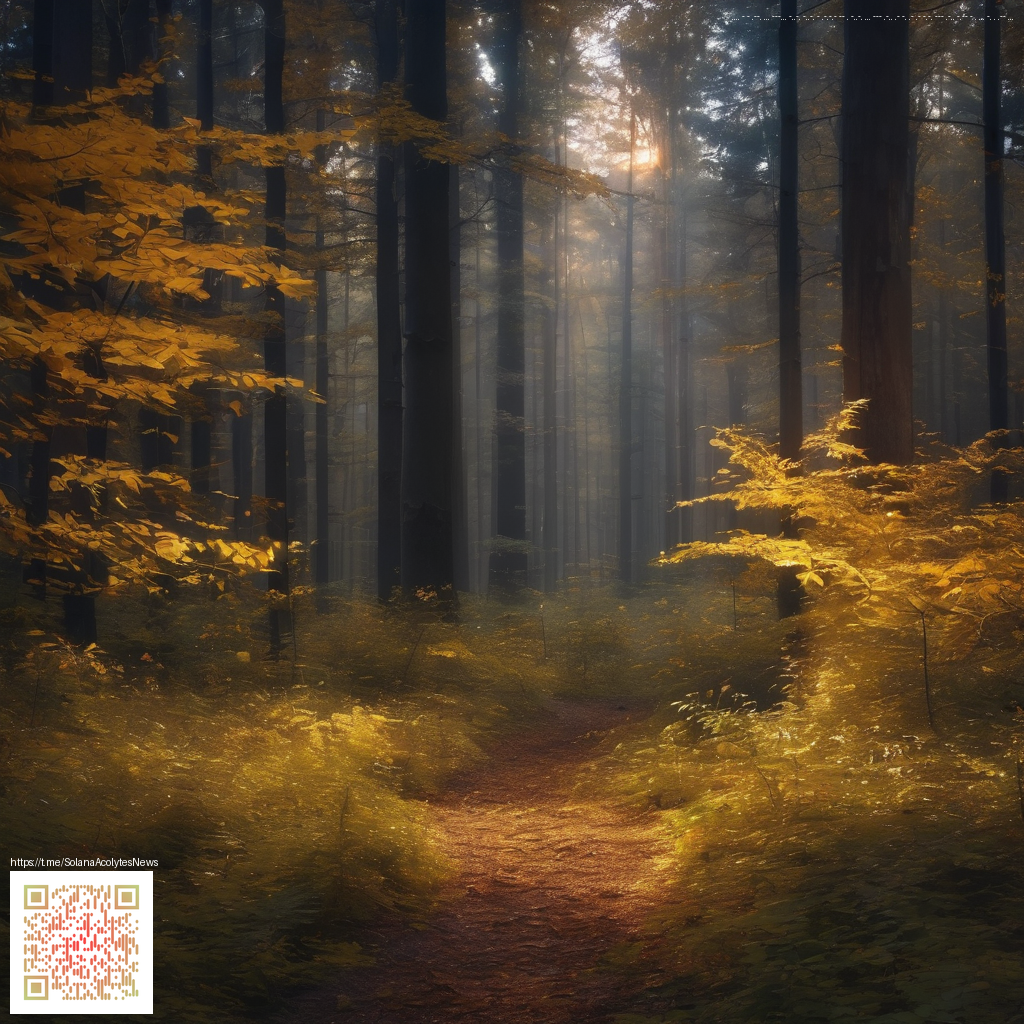
Hidden Crossovers and Easter Eggs Across Games
Guild Wars 2 has long welcomed players into a living world that feels stitched together from many threads of fantasy and science fiction. Beyond the main story and the ongoing living world updates, a subtler craft appears in the form of hidden connections to other games. These easter eggs range from flavor text tucked in lore entries to cosmetic nods tucked away in event cycles, and they spark lively conversations in fan communities. As a result, players often spot echoes of familiar titles while exploring new zones or revisiting old dungeons.
What makes these discoveries compelling is not just the reference itself but how they shape playstyle conversations. When a group encounters a flavor detail that resonates with a beloved classic or indie favorite, it shifts the moment from purely mechanical to cultural. The game becomes a shared space where memory and curiosity meet, inviting players to compare notes, swap theories, and chase down elusive clues together. The result is a community driven scavenger hunt that runs parallel to the core questlines.
From a gameplay perspective these nods tend to matter most in the realm of cosmetics, environmental storytelling, and seasonal events. Visuals and skins may mirror familiar silhouettes, while character dialogue and environmental props hint at broader game worlds. Even when the references are purely artful, they color the atmosphere and invite players to reinterpret familiar systems through a different lens. That layering of meaning keeps exploration fresh even for seasoned veterans who know every corner of the map.
Gameplay clues that hint at other worlds
For many players, the strongest connections show up in the way combat encounters and world building are framed. A boss phase might echo the pacing of a well known boss from another title, or a city plaza might feature banners whose motifs suggest a distant fantasy lineage. These moments are never required to beat a fight, yet they reward attentive players who notice the visual language and timing. The effect is a subtle celebration of shared game culture rather than a loud intrusion into the core experience.
In addition, the economy of skins and miniatures often feeds this cross pollination. A weapon skin can look reminiscent of a legendary set from another game, prompting players to evaluate loadouts through a new cultural lens. Cosmetic narrators such as NPCs or ambient audio cues further enrich the texture, offering tidbits that players can discuss in guild chats and social channels. This creates a layer of meta gameplay where collecting becomes a dialogue with the wider gaming ecosystem.
Community theory crafting thrives on these moments. Fans gather to parse subtle iconography, decode cryptic lines of dialogue, and test hypotheses during dailies and world bosses. The practice strengthens social bonds and keeps the loop of discovery alive across patches. Even as official updates roll out, the threads of cross game curiosity persist, weaving together players from different corners of the hobby into a single, proactive fanbase.
Developers have acknowledged that homage to other genres can breathe new life into a fantasy universe. The balance is to honor influence without compromising identity. When done well, these crossovers feel like friendly salutations from one game family to another
Update coverage often captures these moments in passing, but the real value lies in the sustained curiosity of the community. Patch notes might spotlight a new event season or a balance pass, yet players will continuously spot little details that feel borrowed from other legendary titles. The ongoing discourse transforms patches into opportunities to learn and reframe the game world, turning routine maintenance into a cultural event that fans eagerly dissect together.
Modding and fan tooling contribute a parallel stream to this phenomenon. While Guild Wars 2 keeps a tighter leash on official mod support compared with some sandbox titles, the community still builds UI tweaks, data explorers, and companion tools that help surface hidden references. These projects are often shared in forums and social spaces where players compare findings and refine search methods. The result is a collaborative culture that respects the game while extending its interpretive reach.
On the developer side, occasional commentary and interviews reveal the philosophy behind cross game nods. Studio voices emphasize storytelling texture and visual poetry more than literal crossovers. The transparency helps players understand the intent, which in turn deepens appreciation for the craft while preserving the sense of discovery that makes these easter eggs so enduring.
For players who crave a sense of shared adventure, these hidden connections become a daily invitation to observe more closely and to approach the game world with fresh eyes. The thrill of spotting a reference can be as energizing as landing a new build combo or mastering a difficult encounter. It is, at its heart, a celebration of the interconnected nature of modern gaming where ideas flow across titles and generations with playful generosity.
Support a decentralized internet